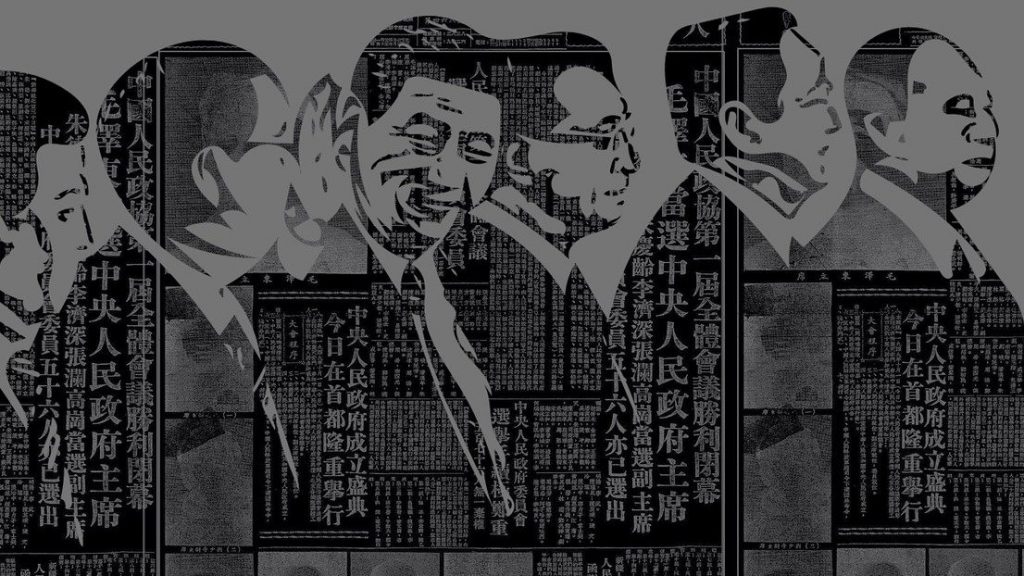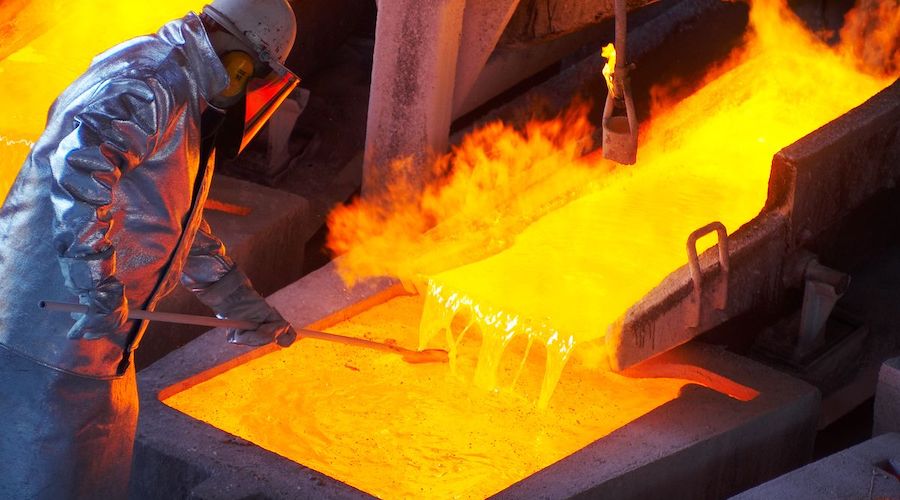Column: Iron ore needs China stimulus action, not just words

(The opinions expressed here are those of the author, Clyde Russell, a columnist for Reuters.)
Iron ore prices have slipped for three straight weeks, with the decline reflecting an evaporation in confidence over China’s economic stimulus, which in turn threatens to hit demand for the steel raw material in coming months.
Spot 62% iron ore for delivery to north China, as assessed by commodity price reporting agency Argus, ended at $116.05 a tonne on June 24, down 4.8% from the week before.
The benchmark price has declined 27.6% from its 2022 high of $160.30 a tonne on March 8.
That peak was driven by fears of supply disruption after Russia’s invasion of Ukraine, which was the fifth-largest exporter of iron ore after Australia, Brazil, South Africa and Canada.

While the Ukraine war rally was short-lived, iron ore did respond positively to signs that China would boost economic activity in the wake of a series of lockdowns of major cities, imposed as part of its strict zero-covid policy.
But that optimism has been ebbing away amid signs that the key construction sector, the major consumer of steel, is struggling to re-ignite, with new home prices falling for a second month in May, and property sales by floor area contracting 16.8%in the first five months of 2022 from the same period a year earlier.
While there has been some recovery in manufacturing, the iron ore and steel sectors will be much more focused on property and infrastructure spending as a driver of demand.
Iron ore did get a little pick-up on June 23, when it bounced off a seven-month low of $109 a tonne on June 22 to end at $116 after Chinese President Xi Jinping said his government would step up policy adjustments and take more effective measures to support economic growth.
That bounce wasn’t enough to make it a winning week for iron ore, rather it limited the loss, which is perhaps a sign that the market now wants to see exactly what steps are being taken before supporting any sustained price rally.
There are some questions over the state of China’s steel output, which rose 4.1% in May from April, with the daily production of 3.12 million tonnes being the highest since June 2021.
But May’s figures are largely a history lesson, and expectations are that soft steel demand and falling profit margins at steel mills will see weaker production in June and July.
China, which produces about 55% of the world’s steel, is also seeing rising inventories, with Argus reporting that stockpiles at major mills rose to 20.5 million tonnes in the June 11-20 period, up 10.7% from the June 1-10 period and some 30.8% above the same 10 days in 2021.
Iron ore imports
Growth in inventories and softer steel demand as mills bring forward maintenance or cut run rates is likely to lead to slowing iron ore imports in coming months.
However, there is little sign that this is happening as yet, with June imports expected to be more or less in line with those in May.
China, which buys almost 70% of global seaborne iron ore, is expected to import about 93.7 million tonnes, according to commodity analysts Kpler, while Refinitiv is tipping arrivals at a slightly higher 96.2 million tonnes.
Both forecasts are slightly higher than the official customs figure of 92.52 million tonnes in May, meaning a small increase in monthly imports is on the cards.
However, it’s worth noting that imports in the first five months of 2022 were 447 million tonnes, which is down 5.1% from the same period in 2021, a reflection that the steel industry is battling to rebound from the covid-19 lockdowns.
Overall, it seems that the iron ore and steel markets had been trading on the expectation that Beijing would deliver rapid and effective stimulus, especially in the second half of 2022.
While this may still happen, it appears market participants want to see actual demand rising, rather than officials talking about it.
(Editing by Robert Birsel)
{{ commodity.name }}
{{ post.title }}
{{ post.date }}

Comments